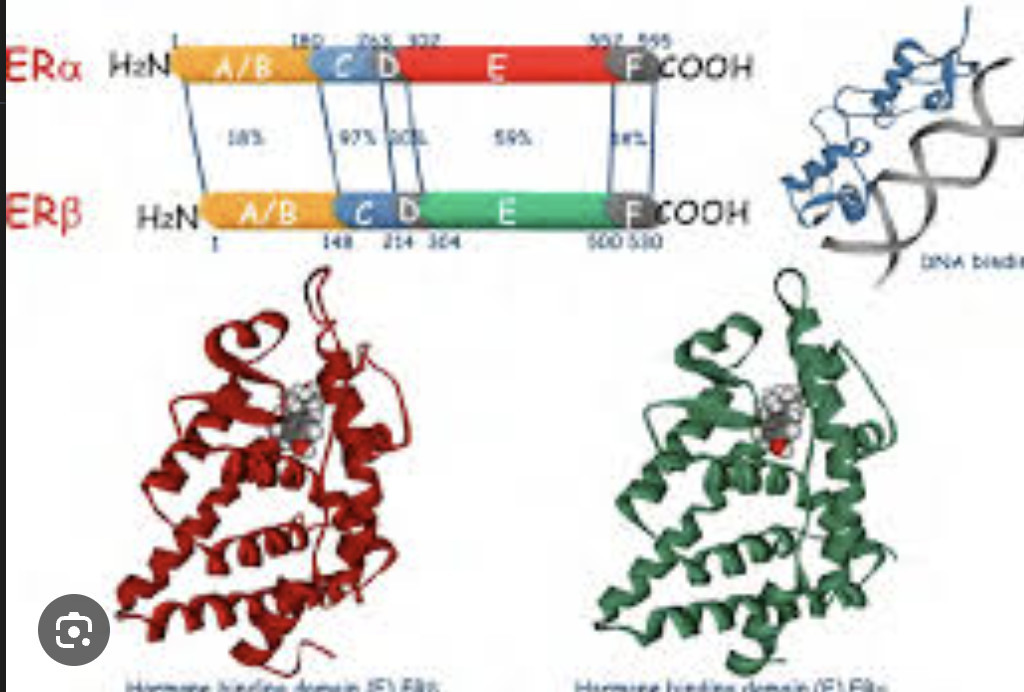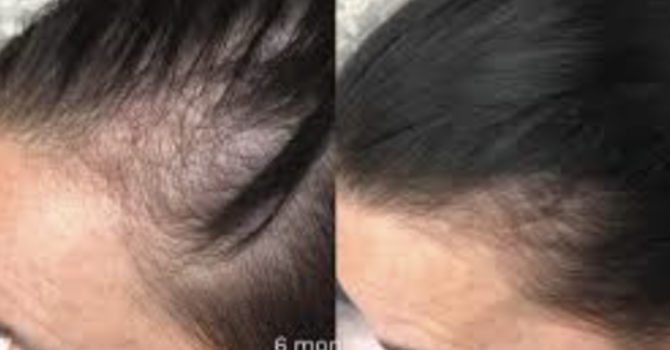
When people hear the word hormones, they often think of chemical messengers floating through the body. But the real story of hormone action lies deeper in specialized structures inside your cells called receptors. These receptors act like command centers, translating hormonal signals into powerful biological actions that shape your mood, metabolism, cognition, and long-term health.
For anyone considering hormone optimization or bioidentical hormone replacement therapy (BHRT), understanding how receptors work is not just fascinating—it is essential for safety and effectiveness.
Hormones and Your DNA: The Core Mechanism
Hormones are the most important cell-signaling system in the human body. They keep your systems balanced so you can live a full, healthy, and meaningful life. When a bioidentical hormone, a molecule identical to what your body naturally makes, enters a cell, it binds to its specific receptor and triggers a response.
Receptors are located in two main places:
Nuclear Receptors (inside the cell nucleus): These attach directly to DNA and regulate gene expression, telling your body when to make or stop making proteins that control growth, metabolism, and reproduction. Estrogen receptors are prime examples.
Membrane Receptors (on the cell surface): These allow for immediate signaling, acting almost like a “doorbell” that quickly relays messages inside the cell.
The Discovery of Estrogen Receptors
It was not until the late 20th century that scientists discovered estrogen does not act on just one receptor, but two. Estrogen Receptor Alpha (ER-alpha) was cloned in 1986 from human breast cancer (MCF7) cells. Estrogen Receptor Beta (ER-beta) was cloned in 1996 from rat prostate cells. Much of this pioneering work was done by Elwood Jensen and Jan-Åke Gustafsson, who revealed that ER-alpha and ER-beta are unique receptors with fundamentally different roles in the body.
Estrogen Receptors: Two Subtypes, Two Very Different Outcomes
ER-Alpha: The Growth Promoter
Stimulates cell growth and proliferation. Activates oncogenes like cyclin D1 and c-MYC. Strongly activated by estradiol (E2), the most potent human estrogen. This is why most conventional therapies, such as estradiol-only patches, may not provide the protective balance women need.
ER-Beta: The Tumor Suppressor
Acts as the natural brake on cell proliferation. Suppresses cancer growth in the breast, prostate, lung, thyroid, and ovaries. Protects the brain, reduces inflammation, and supports mitochondrial function. Safely activated by estriol (E3) and testosterone metabolites like 3-beta-diol.
Why I Use BIEST, Not Just Estradiol
Most clinics prescribe estradiol-only therapy, often in patch form, because it is FDA-approved and widely available. But estradiol (E2) strongly activates ER-alpha, which can drive cell growth. In my clinic, I use BIEST, a combination of 80 percent estriol (E3) and 20 percent estradiol (E2). Estriol preferentially binds to ER-beta, the protective receptor, while still maintaining the necessary functions of estradiol. This combination better mimics natural estrogen balance and provides a safer, more effective approach to menopause hormone treatment.
Progesterone: Not Just for Women With a Uterus
Conventional guidelines, including those from the American College of OB/GYN (ACOG), recommend progesterone only for women who still have a uterus to protect the endometrium. I strongly disagree with this limited view. Progesterone has protective effects throughout the entire body, not just in the uterus. It supports brain health, mood, sleep, bone density, breast protection, and balances estrogen’s proliferative effects. Even women without a uterus benefit from progesterone because other tissues still require its protection. All women need progesterone as part of a safe, optimized hormone replacement strategy.
Testosterone: A Critical, Protective Hormone for Women
Testosterone is often overlooked in women’s health, yet it plays a vital role in energy, mood, sexual health, lean muscle, and bone density. Its influence goes deeper, providing cancer-protective effects through receptor biology.
Mechanisms of Testosterone’s Protective Effects
Preferential Activation of ER-Beta (the tumor suppressor receptor): Testosterone is metabolized into 3-beta-diol, which binds preferentially to ER-beta. This activation suppresses cell proliferation and counteracts ER-alpha’s growth-promoting effects. Other testosterone metabolites, such as 5-androstenediol and 3-beta-androstenediol, are also more selective for ER-beta.
Down-regulation of ER-Alpha (the proliferative receptor): Testosterone directly down-regulates ER-alpha. In ovaryectomized rhesus monkeys, estradiol alone increased breast cell proliferation, but the addition of testosterone decreased proliferation by 40 percent and completely abolished the estradiol-induced ER-alpha activity. Testosterone also activates the Androgen Receptor (AR), which suppresses ER-alpha signaling, inhibits ER-regulated cell cycle genes, and prevents estrogen-driven tumor growth.
Clinical Evidence of Protection
Women treated with subcutaneous testosterone pellets show a 39 to 40 percent reduction in breast cancer risk, according to research by Dr. Rebecca Glazer and Dr. Gary Donovitz. In postmenopausal women given estradiol plus a synthetic progestin, adding testosterone blocked breast cell proliferation, while the placebo group showed a fivefold increase. Synthetic progestins, such as medroxyprogesterone acetate (MPA), may increase cancer risk because they disrupt androgen signaling and block testosterone’s protective effects.
Takeaway: Precision, Not Guesswork
Hormones are not blunt tools. They are precise messengers, and their effects depend entirely on the receptors they activate. This is why generic, one-size-fits-all prescriptions, like estradiol patches alone, often fail women, or worse, create unnecessary risks.
At my clinic, I use organic, bioidentical hormones including estriol, estradiol, progesterone, testosterone, and DHEA. These are compounded specifically for each patient, titrated carefully to symptoms, and guided by receptor science. This approach not only relieves perimenopause and menopause symptoms, it also supports long-term health, protects the brain and heart, and helps women feel strong, balanced, and resilient.
Ready to Optimize Your Hormones?
If you are struggling with symptoms of perimenopause or menopause such as hot flashes, brain fog, weight gain, joint pain, or sleep problems, there are safe and effective ways to restore balance. With the right approach, many women start to feel better in as little as six to eight weeks. Book a consultation today and learn how hormone optimization through BHRT can help you reclaim your health and vitality.
Further Reading
For patients who want to dive deeper into the science of hormone therapy, I highly recommend the book Bioidentical Hormones 101 by Dr. Jeffrey Dach. It is one of the best resources available today, offering clear explanations and research-backed arguments for the use of bioidentical hormones. Dr. Dach also lays out why synthetic hormones, such as those used in many forms of birth control, can disrupt health and increase the risk of breast cancer. You can easily find this book on Amazon.
Dr. Anat Sapan MD, specializing in peri/menopause care, advocates for a personalized approach combining Bioidentical Hormone Replacement Therapy with lifestyle strategies. Her telemedicine services in Arizona, California, Florida, Illinois, New York and Arizona. I aim to help women overcome menopausal symptoms and enhance their quality of life.

Anat Sapan, MD
Contact Me



